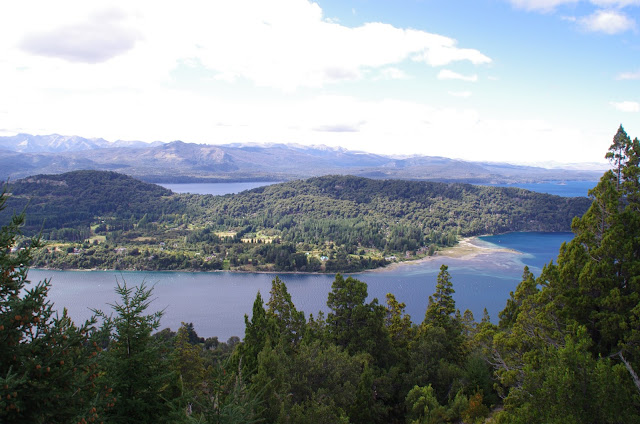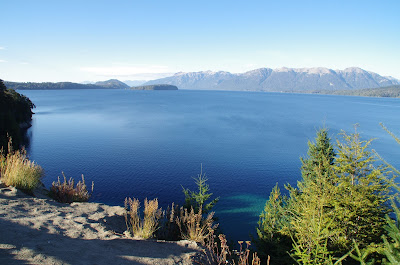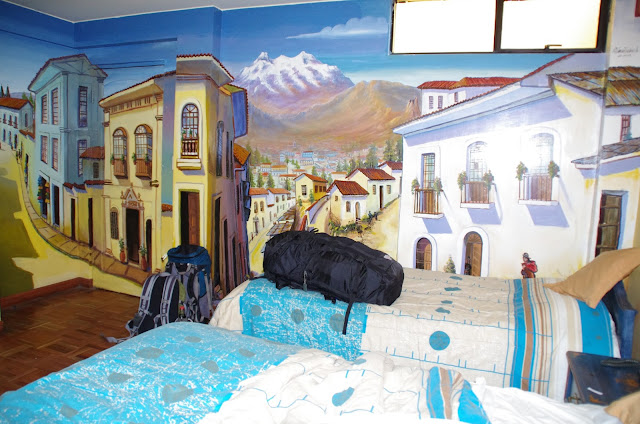In 1936, a man name Pierre-Jules Boulanger, at that time the CEO and head engineer of a French auto company called Citroen, decided to design and create a new lightweight, efficient and revolutionary car that would later become an iconic classic, perhaps the most famous of the Citroen Company. The primary and principal design requirement that Boulanger had for this new automobile of his was as follows: "A French farmer, accompanied by his loving wife who is carrying what else, but a basket of eggs in her lap, should be able to cross a freshly plowed field in the 2CV without a single egg breaking." As you might imagine, the resulting suspension would put the best that Cadillac or Lincoln had (or have, for that matter) to offer; you feel next to nothing in this ride. The suspension is almost comically smooth. Aside from the ride, the lightweight materials employed in its manufacturing, the 2 cylinder flat twin engine (the CV in 2CV, means "horses") and the aircraft-inspired design of the 2CV make it a truly unique feat of the worldwide automotive industry.
While this is all very interesting, you're probably wondering why am I giving you a history lesson in French car-making. Well, since returning to Quito, back in May, I've been dedicating a considerable portion of my time to restoring a Citroen Dyane 6, a later, more "luxury," version of the 2CV. Daniela's family came into possession of this little blue machine several years ago. After several years of faithful service, taking the whole Báez clan, Daniela, her sister and their two cousins, to and from school daily, the car faced, as classics often do, a period of sitting, non-use and fell into disrepair. There began my non-traditional French lessons, which continue to date.
 |
| This is what I started with. Surprisingly low exterior rust, with some holes and spots, a cracked headlight and signal light and some very old tail lights. |
 |
| The engine ran fin, after replacing the fuel lines, but, cosmetically speaking, it needed some touch-ups. |
Needless to say, the restoration of this little car has been a slow, at times frustrating, process, which is still not completely over. The Dyane, just as much as an immigrant as I in this country, has been giving me French lessons. My transition into my new life in Quito has been very similar to the fixing-up of my new French friend. Many parts, such as the floor board had to be fabricated anew, while other parts required a lot of TLC, glue and new paint, since they couldn't be replaced. Dedicating my time and attention to the restoration process of this vehicle has helped me tremendously in dealing with the very similar difficulties of visa processing, paperwork filing, and job acquisition in Quito. Just like the parts, I've had to create or repair documents, paperwork and forms to stay legal in Ecuador, and the process is still not complete.
It's kind of funny, but when I got the job I mentioned earlier, at the high school, I was a bit upset that I would be spending less time working on the car. The few months I spent at the high school turned out to be more frustrating than not being able to find parts for the Citroen. This might sound awful, but I came to the conclusion that I would rather spend time working on this car than trying to teach English to a bunch of hormonal, irritating and distracted teenagers with senses of self-entitlement. Fortunately, a new employment opportunity came up and I found myself, again with some free time that would allow me to finish up Project Citroen, as I have come to fondly call it.
Little did I know, starting my new job, just like continuing the restoration of the car, would prove to be more frustrating than I imagined. Getting things done in Ecuador, similar to repairing a French car with no replacement parts, is, in one word, SLOW. I've spent over a month communicating with the director of the language department at the university that's hiring me, finding out what documents I need to be employed and obtaining said documents. All the while, Citroen has been reminding me to take it slow, be patient, don't break anything and be delicate. The result, both for the car and the job, has been rewarding.
I successfully restored the damaged interior pieces and they ended up looking just like new, or better! With some patience and perseverance, I have also been able to get all of the paperwork finished to start at the university in September. Unfortunately, this is not where the frustrations end and I am still a little way from finishing the Dyane as well as the paperwork.
To put the wraps on the Citroen and my migratory status in Ecuador, I've had to resort to calling in some help of the overseas variety, the Citroen Spare Parts Club of France and my mother, to be specific. At a cost, the Citroen club has taken charge of sending me a brand new headlight and signal light, which have arrived to the states and will be returning with Daniela's mom who is there visiting. On the other hand, my wonderful parental unit has been hard at work obtaining my criminal background checks (turns out that I am not a crook, after all) and having them notarized and Apostilled so that I can apply for a visa that will make me a permanent and legal resident. Just like my new job prospect, the Dyane is looking pretty good, but it still needs some minor adjustments. Here's how she sits now:



I'm playing the waiting game with the parts and the paperwork that my mom is taking care of. In the meanwhile, I've just been continuing with my French lessons. The Citroen still keeps me busy, requiring minor tweaks here and there. The brakes were locked up and oxidized after so many years of sitting, so that required a week-long careful dismantling and adjustment. The earlier Dyane 6 came from the factory without a reverse light, which is something that the Vehicular Revision of Quito requires, so I spent a few days designing a switch that engages a button next to the shift column when the car is placed in reverse. Then I wired up and installed some new reverse lights that I bought. Now, time to wait some more.
What is the most important French lesson I have learned thus far? I think this photo answers that question perfectly:




















































